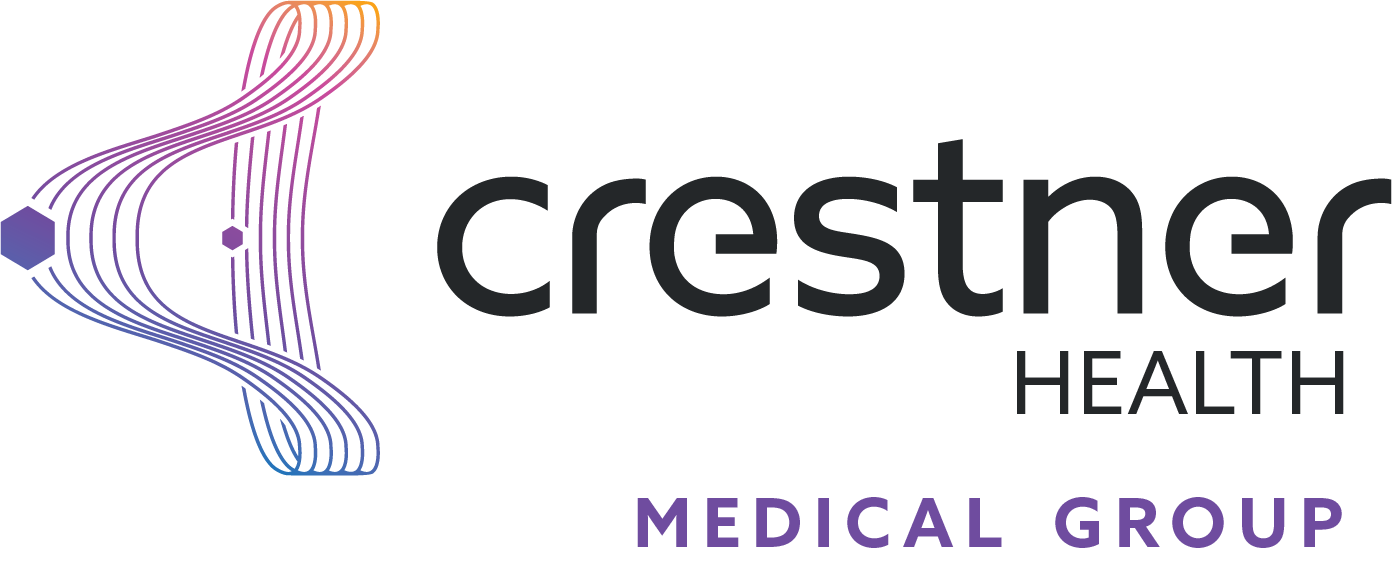Mammogram
A mammogram is an X-ray of the breasts to screen for breast cancer. It involves undressing from the waist up. A radiologic technologist positions one of your breasts on an X-ray plate and compresses your breast by lowering a top plate. You will need to hold your breath while the technologist takes the X-ray. The vast majority of mammogram centers use female technologists.
Women start getting annual mammograms between ages 40 to 45 depending on their breast cancer risk. Regular screening, typically once a year, should continue as long as your doctor recommends.
Reasons for a Mammogram
Your doctor may recommend a mammogram for the following reasons:
- Diagnosis of breast irregularities you or your doctor finds during a breast exam
- Follow-up of a previous abnormal mammogram or to track the progress of lumps or irregularities
- Screening for breast cancer with no symptoms
Risks and Complications
Mammograms are safe procedures, but they can be uncomfortable when the technologist compresses the breast between the plates. Mammograms use tiny amounts of radiation — less than a standard chest X-ray. However, a mammogram is not a fail-proof screening tool. It’s possible for a mammogram to miss breast cancer or for it to find a problem that then turns out to be normal. You can do your part in breast cancer screening by being aware of what your breasts normally look like, practicing regular breast self-exams and getting regular breast exams with your doctor.
How to Prepare
You can prepare for a mammogram by:
- Having previous mammogram results sent to your appointment if you had a mammogram at a different facility
- Not using deodorant, perfume, lotion or powder under your arms — these can create shadows on your mammogram
- Scheduling your exam when your breast aren’t tender — avoid an exam right before or during your period
- Telling both the scheduler and technologist if you have breast implants — special techniques for implants can take more time
- Wearing pants, shorts or a skirt instead of a dress so you don’t have to totally undress
Recovery and What to Expect
There is no recovery from a mammogram. You can go about your normal day immediately afterwards. Your doctor will contact you with the results after a radiologist has reviewed your mammogram. In some cases, you may need to return for a follow-up mammogram or another breast imaging exam, such as ultrasound.




